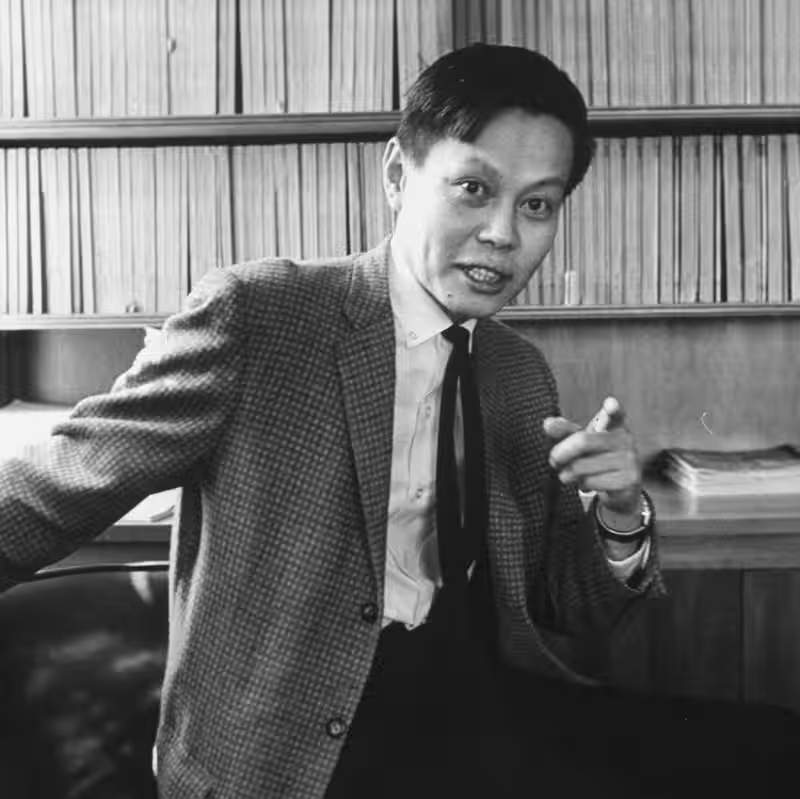The world of physics has lost one of its most brilliant and revolutionary minds. Chen Ning Yang, the Nobel Prize-winning physicist whose work with Tsung-Dao Lee upended a cornerstone of modern science, has died at the age of 103. His passing, confirmed by Tsinghua University, marks the end of an extraordinary life that spanned a century of scientific and global transformation .
Table of Contents
- A Life of Genius
- The Parity Revolution: Shattering a Sacred Law
- A Legacy Beyond the Nobel Prize
- Sources
A Life of Genius
Born on September 22, 1922, in Hefei, China, Chen Ning Yang’s intellectual journey began in a nation on the cusp of immense change . He would go on to become one of the most distinguished Chinese theoretical physicists of the 20th century . His early academic prowess led him to the University of Chicago, where he earned his doctorate, and eventually to a faculty position at the Institute for Advanced Study in Princeton, a home to giants like Albert Einstein.
The Parity Revolution: Shattering a Sacred Law
In 1956, the physics community operated under a near-unshakable belief: the law of parity conservation. This principle held that the laws of physics are identical in a mirror-image universe. It was considered as fundamental as gravity itself. But Yang and his colleague, Tsung-Dao Lee, dared to question this dogma .
Their groundbreaking paper proposed that in the weak nuclear force—one of the four fundamental forces of nature—parity might not be conserved. This was a radical, almost heretical idea. The duo didn’t just theorize; they outlined specific experiments to test their hypothesis .
Their prediction was swiftly confirmed by physicist Chien-Shiung Wu in a now-famous experiment involving cobalt-60. The results were unequivocal: the universe, at its most fundamental level, could distinguish between left and right. This discovery of parity violation sent shockwaves through the scientific world and earned Yang and Lee the Nobel Prize in Physics in 1957, just a year after their revolutionary paper—a remarkably swift recognition .
This breakthrough wasn’t just a footnote in a textbook; it fundamentally altered our understanding of the universe’s symmetries and paved the way for the development of the Standard Model of particle physics .
A Legacy Beyond the Nobel Prize
While the Nobel Prize for parity violation is his most famous achievement, Yang’s contributions to physics were vast and profound. In 1954, he co-developed what is now known as the Yang-Mills theory with Robert Mills. This work, initially overlooked, became the bedrock of modern gauge theories and is central to our understanding of the strong and electroweak forces .
His work spanned statistical mechanics and symmetry principles, leaving an indelible mark on multiple fields . He was not only a world-renowned theoretical physicist but also a powerful inspiration to generations of young scientists in China and across the globe .
Yang’s life was a bridge between East and West. He held positions at prestigious institutions like Stony Brook University and, in his later years, returned to China, becoming a key figure at Tsinghua University, where he continued to mentor and shape the future of science [[19], [2]]. His death comes just a year after his long-time collaborator, Tsung-Dao Lee, passed away in 2024 .
Professor Yang is remembered not just for his intellect, but for his courage to challenge established truths—a quality that defines the very spirit of scientific inquiry .




